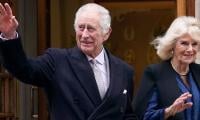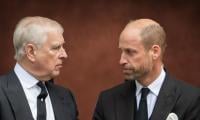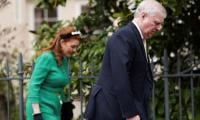“The UCIMC [University of California Irvine Medical Center] team is seeking volunteers to assist today and tomorrow with the set-up of the medical field hospital in front of UCIMC Douglas Hospital (…) The field hospital is set to go live on 12/29.”
The email came only a few hours after the publication of the latest COVID-19 numbers in California – an 82 percent increase in cases and a 92 percent increase in deaths in the last 14 days.
By that point, the surge in cases had already led to increasingly dire statements from the governor and health authorities as well as frantic editorials and social media posts warning of the COVID-tsunami heading our way for the holidays.
Front-line medical personnel, and the far more numerous other essential workers, who have no choice but to work in overcrowded supermarkets and warehouses with no social distancing and little protection, as well as their worried and proud families and friends, were already aware of the severity and toll of this pandemic.
But when one of the wealthiest counties in the wealthiest state of the wealthiest country in human history needs to call on volunteers to ensure a field hospital outside the region’s only university hospital was built in time to handle the expected “surge on top of surge on top of surge” in case numbers – well, that’s a whole different territory.
Thankfully, given my IKEA bookcase-level construction skills, the field hospital was almost finished by the time I got there, and I spent my time packing up the detritus of four days of intensive construction.
Designed by a Portland-based company, Deployed Logix, and built on top of at least one foot of gravel to protect against flooding, using the heaviest-duty canvas and tarp-like materials imaginable, it is truly a remarkable structure. The 50-bed capacity field hospital will allow the UCIMC Douglas Hospital medical teams to handle the overflow of COVID-19 while not diminishing their ability to care for all the other patients that continue to arrive to the region’s most important teaching hospital.
As UC Irvine Healthcare spokesperson John Murray explained to me, in the context of the pandemic and the intense political divisions of the past year, “The sense of community we’ve experienced [during the construction of the field hospital] is truly important.”
Indeed, given how so many of us have been self-quarantining and working from home for the better part of the year, this was the first time I’d seen some of my neighbours and colleagues from the university, where I teach history, since the pandemic began. It was uplifting to see so many people leaving the safety of their homes and coming together to help each other and the community at large at a time of unprecedented crisis. When I returned several days later to load dozens of sets of beds, monitors, desks and other equipment into the field hospital, the scale and the stakes of the operation were even clearer.
But that community-mindedness must be measured against pandemic fatigue that is getting worse by the day. As Murray put it with a nod to Churchill, “The vaccine isn’t the beginning of the end, it’s the end of the beginning. Everyone in healthcare understands that this isn’t going to end any time soon,” even as thousands of staff have already been vaccinated.
And it is not only the medical professionals who are aware that we are only at the “end of the beginning” of this emergency.
Teachers across the educational spectrum from Pre-K to universities are also at the front lines of this pandemic, and they well know that the crisis is far from over.
As a parent and a professor, I know first hand how hard it is to maintain a remote curriculum that is both pedagogically sound and engaging for months on end – and indeed, without any end in sight.
Excerpted: ‘COVID-19, the university, and reimagining the common good’
Aljazeera.com















